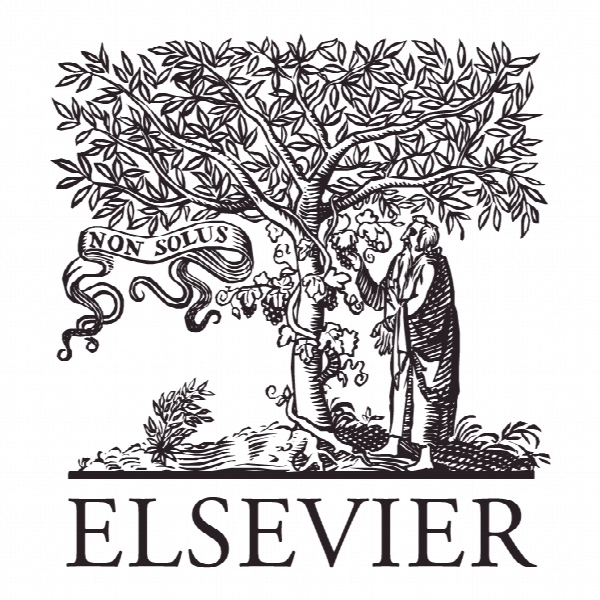روش ورشکستگی دینامیکی با اطلاعات نامتقارن بین کارمندان داخلی و بیرونی Dynamic bankruptcy procedure with asymmetric information between insiders and outsiders
- نوع فایل : کتاب
- زبان : انگلیسی
- ناشر : Elsevier
- چاپ و سال / کشور: 2018
توضیحات
رشته های مرتبط مدیریت، اقتصاد، حسابداری
گرایش های مرتبط مدیریت مالی، اقتصاد مالی، حسابداری مالی
مجله دینامیک اقتصادی و کنترل – Journal of Economic Dynamics & Control
دانشگاه Graduate School of Economics – Osaka University – Japan
شناسه دیجیتال – doi https://doi.org/10.1016/j.jedc.2018.02.006
منتشر شده در نشریه الزویر
کلمات کلیدی انگلیسی Bankruptcy, Adverse selection, Accounting quality, Signaling game, Real options, M&A
گرایش های مرتبط مدیریت مالی، اقتصاد مالی، حسابداری مالی
مجله دینامیک اقتصادی و کنترل – Journal of Economic Dynamics & Control
دانشگاه Graduate School of Economics – Osaka University – Japan
شناسه دیجیتال – doi https://doi.org/10.1016/j.jedc.2018.02.006
منتشر شده در نشریه الزویر
کلمات کلیدی انگلیسی Bankruptcy, Adverse selection, Accounting quality, Signaling game, Real options, M&A
Description
1. Introduction Since the seminal works by Black and Cox (1976), Leland et al. (1994), Mella-Barral and Perraudin (1997), and Fan and Sundaresan (2000), an increasing number of studies investigate corporate bankruptcy decisions in continuous-time models. In dynamic bankruptcy models, prior works examine bankruptcy timing, debt renegotiation, liquidation, agency conflicts between equity- and debt holders, and so on.1 However, no study incorporates the stylized fact that a distressed firm has difficulty selling assets due to asymmetric information about asset quality (e.g., Gilson et al., 2000; Hotchkiss and Mooradian, 1998, and Povel and Singh, 2006) into dynamic bankruptcy models. To our knowledge, this is the first study that incorporates asymmetric information between insiders and outsiders in a dynamic bankruptcy model. In this novel framework, we address several questions. How can a distressed firm use asset sales timing as a signaling tool to resolve informational issues? How does asymmetric information affect bankruptcy timing and the procedure, as well as the debt and equity values? Our model builds on the standard setup in Mella-Barral and Perraudin (1997). Shareholders of a distressed firm make a bankruptcy choice between selling out and default, as well as its timing.2 The model does not distinguish between shareholders and managers, assuming that managers act in shareholders’ interests. Selling out is a rather successful exit. Indeed, shareholders sell all assets and obtain the residual value, that is, the sales price minus the face value of debt, while debt holders are repaid the face value of debt. On the other hand, default is an unsuccessful exit. Shareholders stop coupon payments of debt, and the former debt holders take over the firm and can either instantly sell assets (called liquidation bankruptcy) or operate the firm (called operating concern bankruptcy). A fraction of the firm value is lost to bankruptcy costs associated with ownership change. We add asymmetric information about asset quality to this standard setup. To be precise, the firm’s shareholders are better informed than outsiders about whether the firm’s running cost is high or low.3 The asset value will be higher to outsiders as the running cost is lower. Shareholders cannot directly transmit information about whether the firm is a highor low-cost type to outsiders. Although outsiders cannot directly observe the firm’s type, they can guess the firm’s type through the sales timing. In the model, we derive a separating equilibrium where the low-cost firm can separate itself from the high-cost firm through its bankruptcy choice and timing, and the firm’s type is perfectly revealed to outsiders. In equilibrium, the low-cost firm’s bankruptcy choice and timing can change with asymmetric information, while the high-cost firm’s bankruptcy choice and timing remain unchanged. In other words, the low-cost firms pay all costs due to asymmetric information. Most notably, we show that asymmetric information can delay the low-cost firm’s sales timing because the firm signals its asset quality to outsiders by delaying sales until the point at which the high-cost firm cannot imitate the low-cost firm’s sales. In the delayed sales case, only shareholders pay signaling costs, and debt holders suffer no loss due to asymmetric information because they are retired the face value of debt. A number of studies have investigated distressed firms’ asset sales with depressed prices (cf. fire sales in Pulvino, 1998; Shleifer and Vishny, 1992, and Eckbo and Thorburn, 2008). However, by developing the dynamic bankruptcy model with asymmetric information, we first show that a distressed firm can potentially avoid fire sales due to information issues by delaying asset sales.


